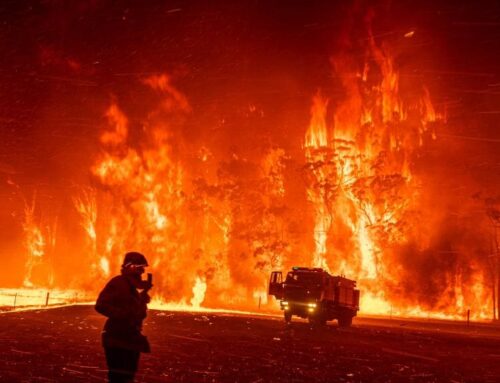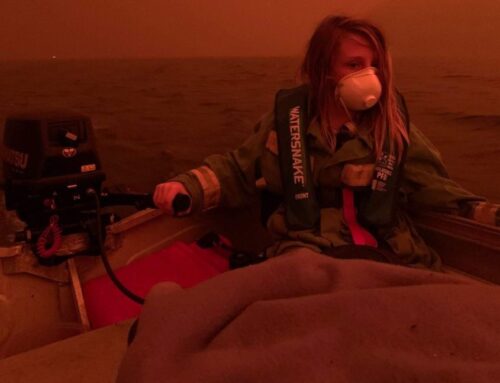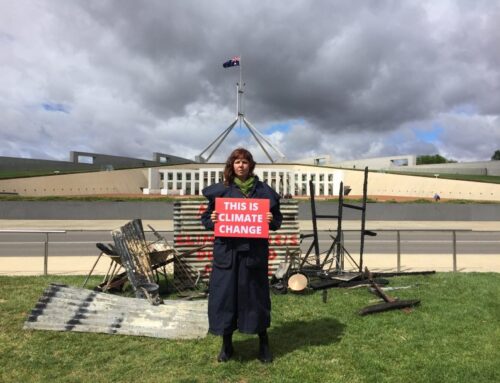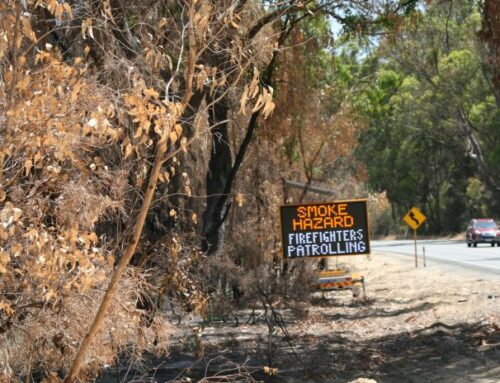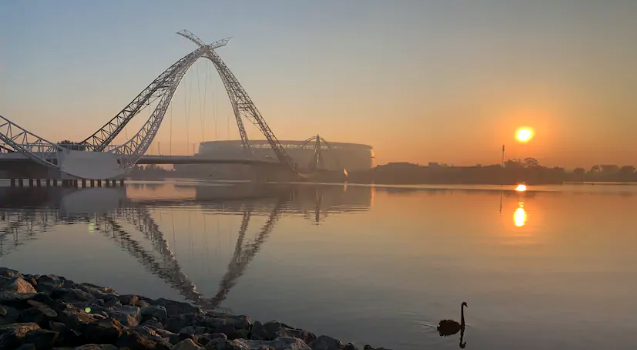
Smoky scenes over the Matagarup Bridge. Sandra Jackson Credit: Sandra Jackson/The West Australian
PLANS to develop an early warning system to alert asthmatics of potentially deadly conditions from prescribed burns have stalled despite three years of collaboration with government departments.
Since 2017, Asthma WA has been working with the Bureau of Meteorology, Parks and Wildlife, Department of Fire and Emergency Services, WA Health and the Department for Environment to develop an Australian-first alert system that would give the people with respiratory conditions 12 to 24 hours notice of an environmental event such as smoke haze.
So far this year Emergency WA has issued 36 smoke alerts for the Perth metropolitan region due to Parks and Wildlife carrying out prescribed burns. It is the highest number of smoke haze warnings for Perth for three years.
Asthma WA received $90,000 in Federal funding last year to develop an asthma alert, which it used to last month launch its Asthma Alert Facebook page to help asthmatics affected by smoke from bushfires and burns.
Chief executive Donna Rendell said the delivery method changed from SMS to the Facebook group due to the complex nature of predicting smoke across a wide geographical area such as WA.
“We recognise the need for an early warning system and will continue to collaborate with various agencies to develop more streamlined, timely and effective communications system,” she said.
“The purpose of the Asthma Alert is to support people with asthma and other respiratory conditions through education, sharing of tips and tools, and alerting people to smoke alerts issued by Emergency WA while encouraging members to also share their own asthma alerts by reporting smoke at their local level.”
However, Kewdale asthmatic and physicist Gemma Hamilton said Facebook wasn’t accessible to everyone and a more sophisticated alert system needed to be developed as a priority to protect asthmatics from prescribed burns.
“The Asthma Alert Facebook page is fairly good at sharing the warnings from the Emergency WA, but unfortunately they often issue their warnings hours after the smoke has arrived,” she said.
“I have lobbied Asthma WA and the Health Minister to come up with a system that issues an alert before someone’s asthma is triggered.
“I’m a physicist and I have a relative who is a meteorologist, so I have some understanding of smoke distribution models.
“I understand they are complex but computers can perform complex models so I don’t understand why this is being put in the too hard basket when it would save lives.
“Other cities around the world manage it, why can’t we?”
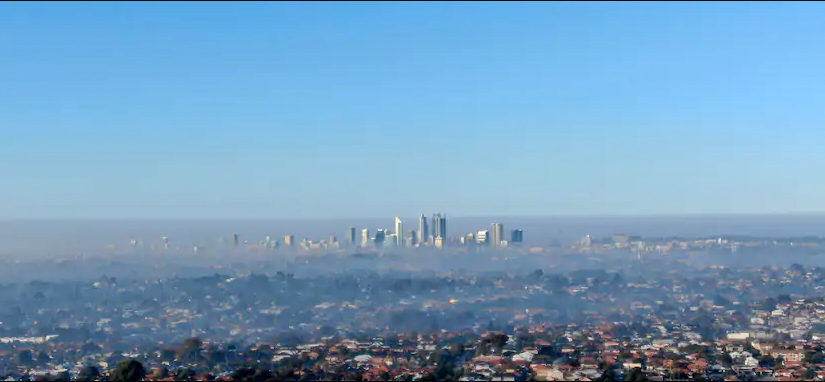
Smoke haze over the city and suburbs due to burnoffs. Credit: Simon Hydzik 7NEWS/7NEWS, Simon Hydzik/7NEWS
Ms Hamilton said she had purchased her own air quality monitor due to a lack of sources of quick, reliable information on air pollution.
“Asthma Australia has urged all governments to strengthen Australia’s bushfire smoke monitoring and communications systems to reduce public health impacts,” she said.
“My asthma and others with respiratory conditions have experienced an increase in the severity of their symptoms coinciding with the State Government injecting millions of dollars of extra funding into conducting increased burn-offs a few years ago.
“I understand the need for prescribed burns but when DFES plan their burns and seek the advice of the Bureau, I can’t understand why better warnings can’t be in place before the smoke invades our homes.”
A Parks and Wildlife spokesman said in the past 12 months, the Parks and Wildlife Service has worked further with the Bureau of Meteorology to take a more proactive approach to providing public smoke alerts to ensure people can put appropriate measures in place to minimise any potential impacts.
The service aims to burn at least 200,000 hectares each financial year. So far this year it has burnt 116,000 hectares.
“Research shows that prescribed burning is effective in reducing the frequency and size of bushfires in the forests of South-West Western Australia when at least 45 per cent of the landscape has a fuel age of less than six years since last burnt,” he said.
“Mild autumn conditions are ideal for prescribed burning and private property burn-offs, with several hundred private property burns and multiple large prescribed burns conducted over the past few weeks.”
More than 273,000 West Australians have asthma and 46,000 have chronic obstructive pulmonary disease (COPD).
In asthma, that leads to over 6000 emergency department presentations and 3500 hospitalisations per year and in COPD, over 5000 emergency department presentations and 11,500 hospitalisations.
Sarah Brookes
https://www.perthnow.com.au/community-news/southern-gazette/perth-smoke-haze-warning-plans-for-asthma-early-alert-system-stall-c-1053476

